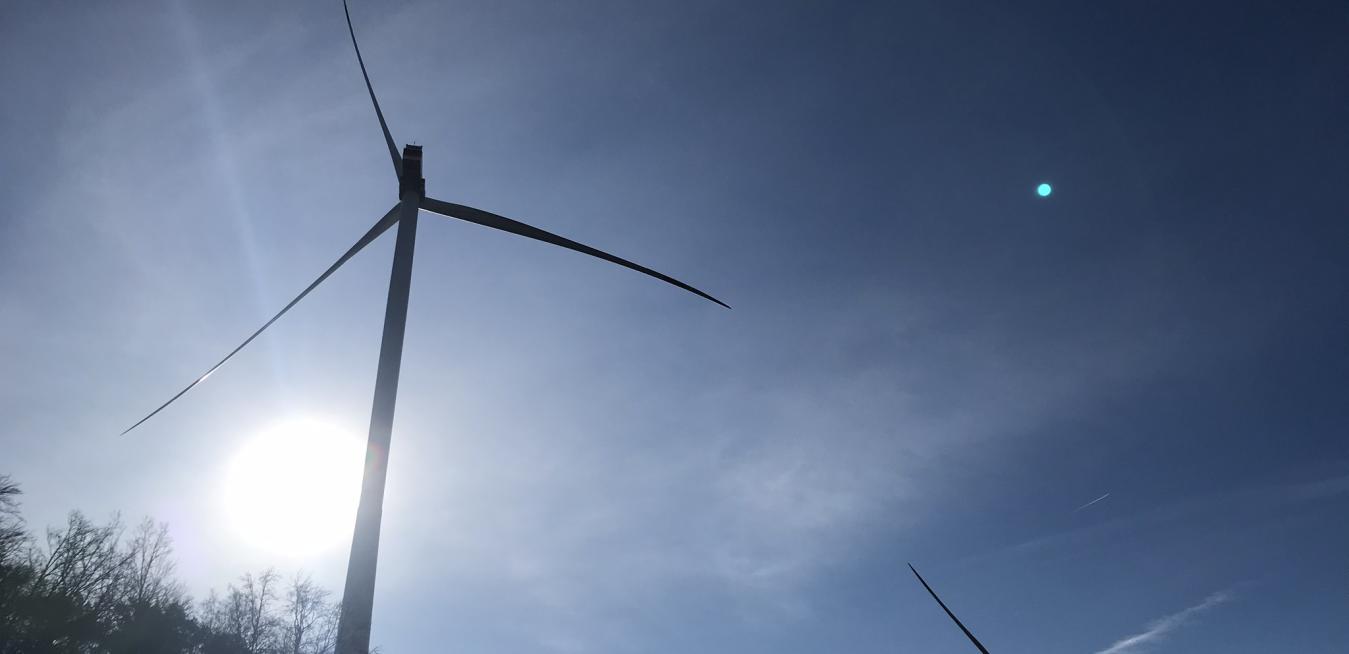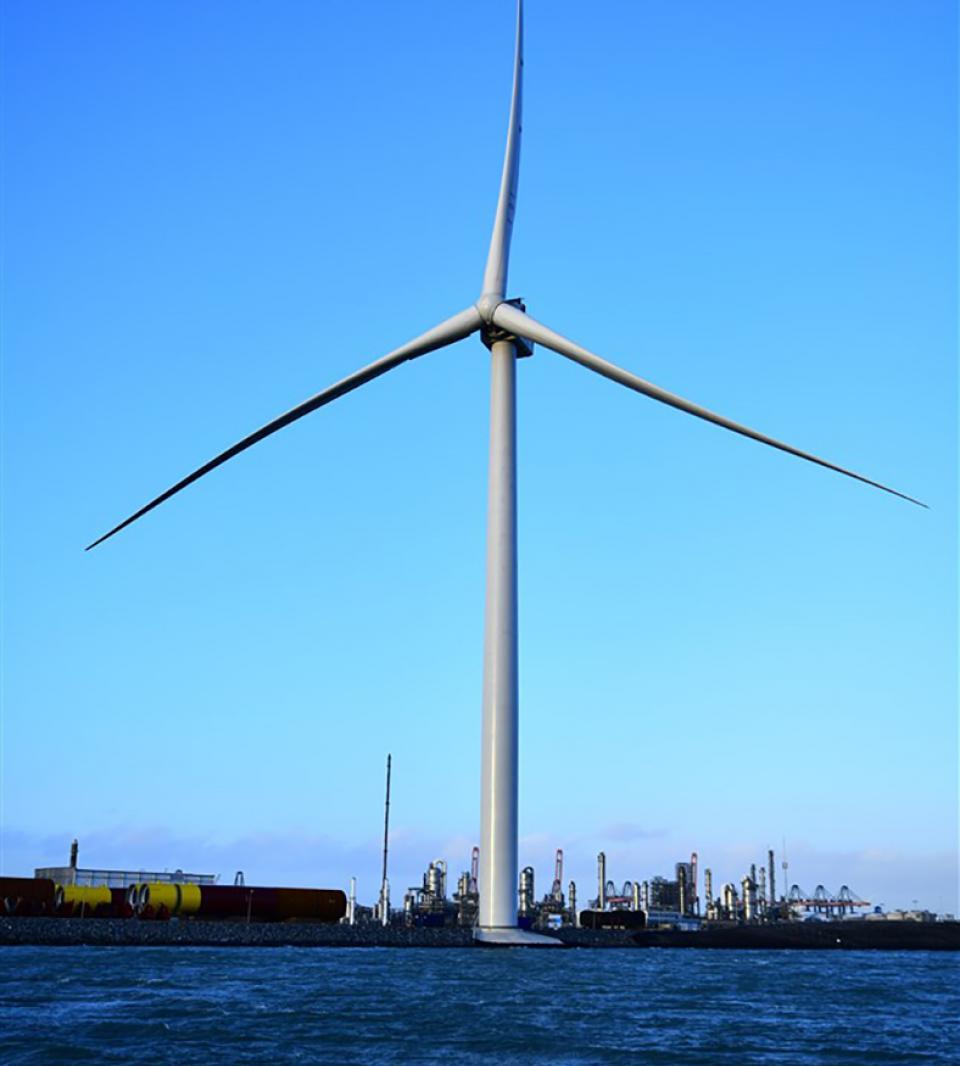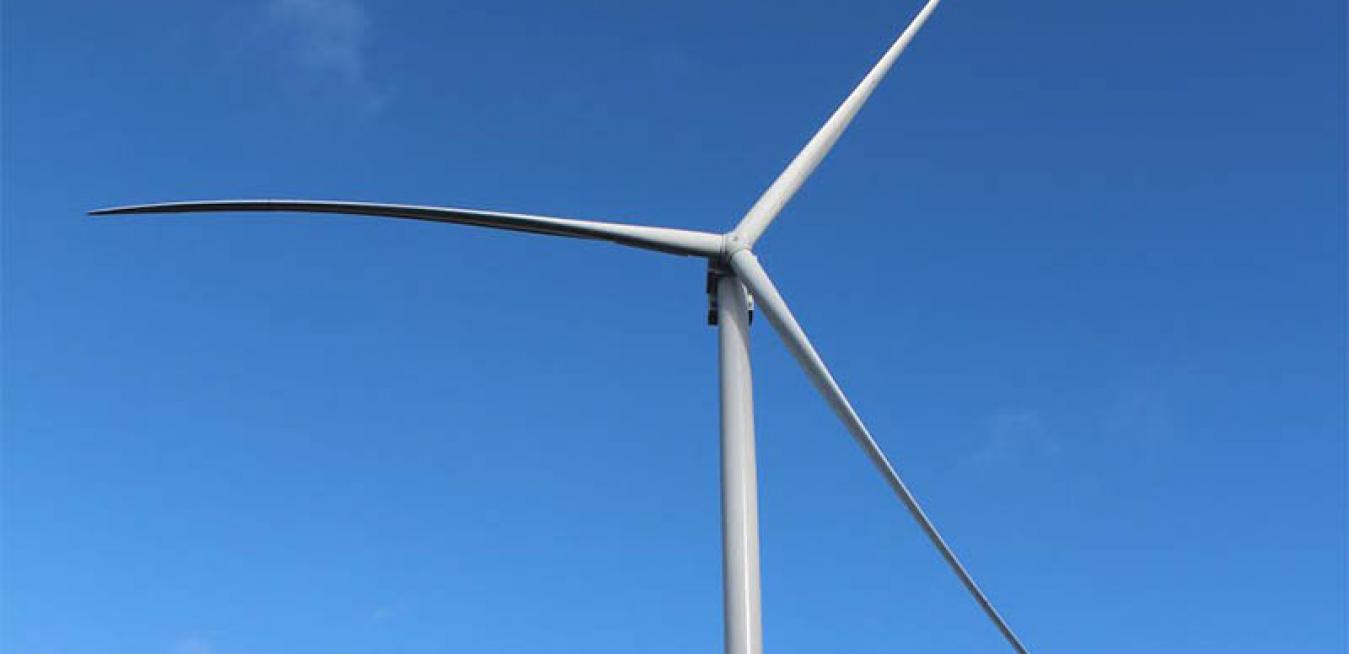A remote, forested rise in northern Sweden, some 500 miles from Stockholm, is poised to become the largest single onshore wind farm in Europe. When completed, Önusberget wind farm will have the capacity to generate 753 megawatts, enough to supply the equivalent of more than 200,000 Swedish homes.
Renewables have long been the fastest-growing segment of the power-generation industry. But according to a new report from the International Energy Agency, there is even more dramatic growth ahead.
Last fall, a towering structure rose over the Port of Rotterdam, a deep-water shipping terminal in the Netherlands. It wasn’t there to unload ships, though: It was a prototype of the Haliade-X 12 MW, the world’s most powerful offshore wind turbine today.
Ever since Charles Brush built the first wind-powered generator in Cleveland, Ohio, in 1887, engineers have been looking for a practical way to squeeze more power out of wind turbines, stretching their blades and making them grow taller. Now a combination of 3D printing, materials science and robotics could unleash a new growth spurt for the industry.
Some might contest whether South Australia is still Australia’s leading food-and-wine state, but there is no debate that the state is a key proving ground for the nation’s utility-scale renewable energy boom. As the Clean Energy Council reported in April 2020, “South Australia again got more than half of its electricity from renewable sources in 2019, and is expecting to increase this to 100 per cent by 2030.”
With a rotor diameter of 158 metres, GE's Cypress platform wind turbines will be the largest in Asia
GE’s Cypress platform wind turbines used in the second phase of the Mui Ne wind farm invested by The Blue Circle and AC Energy will be the largest rotor diameter for an onshore project in Asia (158 metres) and will be the first to transport blades in two pieces before assembly on site.
The global energy ecosystem is changing. That is an ecosystem where collectively the world spends over US$6 trillion annually. That amounts to roughly 6% of global GDP.
The peculiar machine described in the 1920 issue of GE Review — essentially a giant engine designed to produce no mechanical power — seems like nothing more than a charming relic from the early years of electrification. Yet the device, known as “synchronous condenser,” turns out to be far more than a steam-era oddity, as the engineers in charge of today’s electric grid are discovering.
António Guterres did not mince words. “The point of no return is no longer over the horizon,” the United Nations secretary-general said in a speech last month as he kicked off COP25, the U.N.’s much-anticipated climate change conference in Madrid.














